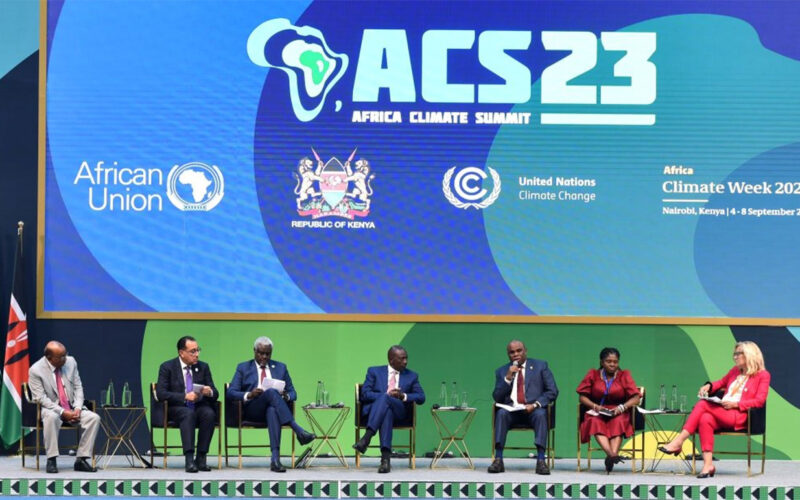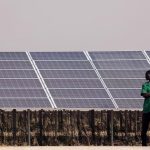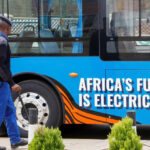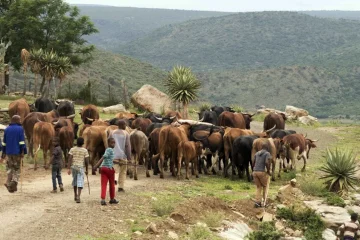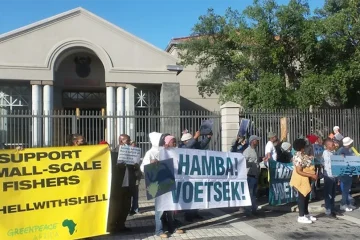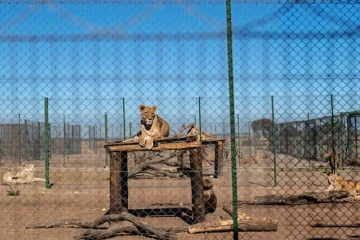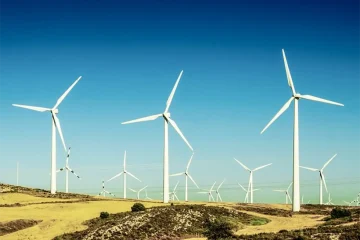2023 is highly likely to be the hottest year ever recorded. And climate change is to blame for one-quarter of the global population being exposed to dangerous levels of extreme heat.
We need signs that countries are taking steps to address this. Specifically, we need climate action that helps us adapt and that cuts greenhouse gas emissions, if we want to minimise the escalating losses and damages from climate change.

This year, there were three developments across Africa which highlight a mix of progress, priorities and potential pitfalls. As an expert on climate-resilient development for Africa, I’ve chosen these specific moments as I believe they reflect the role Africa can take on climate action over the coming decade.
Three big developments
Kenya pushes for a new climate finance strategy
At the Africa Climate Summit, Kenya’s president William Ruto made a big announcement that could boost global investment in Africa’s renewable energy.
Ruto highlighted the need for more favourable climate finance which would enable African countries to transition to a green industrialisation that accelerates uptake of solar and wind power and development of mineral resources that support this transition. This included a call to increase finance from multilateral development banks for climate action to at least US$500 billion per year. Global climate finance need is estimated to be at least US$6 trillion every year. But disbursements fall way short at US$1.3 trillion in 2021/2022.
Ruto also called for a global debt relief deal that will give a 10-year grace period to heavily indebted African nations. These countries would not be able to invest in climate action while under severe debt distress, particularly since climate change has already negatively affected economic growth in African countries. An important dimension of this change is the call for increased representation of African and other countries in the governance of multilateral banks.
Carbon offsets and Africa’s new carbon markets
This year, there’s been a lot of new interest in Africa’s carbon markets and a growing sentiment that Africa cannot be “nature-rich but cash-poor”.
A carbon market is a system designed to reduce greenhouse gas emissions by allowing companies and countries to compensate for their carbon emissions by financing projects that reduce emissions or remove CO2 from the atmosphere somewhere else.
Africa has a potentially enormous and untapped carbon market due to its size, biodiversity and range of ecosystems. If used well, funds could help countries to adapt to climate change and protect their biodiversity.
This year, the United Arab Emirates (UAE) – the host of this year’s UN climate change conference, COP28 – allocated US$1.5 billion for investment in Zimbabwe to fund forest protection and rehabilitation projects. This was part of a broader commitment of US$4.5 billion in investments across multiple African countries including Kenya, Liberia, Tanzania, and Zambia. It could make the UAE the single largest investor in African carbon markets.
In addition, the Johannesburg Stock Exchange – Africa’s largest stock exchange – opened trading on its new voluntary carbon market in mid-November. The South African voluntary carbon market intends to accelerate the creation of carbon offset projects for anyone seeking to offset their greenhouse gas emissions. For example, for every tonne of carbon emitted, you can now buy an equivalent to a tonne of carbon captured by a forest restoration project.
Carbon markets, however, are not a silver bullet.
Carbon market investments can be abused by high-emitting countries or companies, particularly when implemented in contexts with poor governance. Countries with high emissions can use carbon markets as a “green-washing mechanism” to avoid deep and rapid reductions.
Carbon markets have also been criticised for violation of human rights. For instance, the projects they fund may lead to the forced displacement of indigenous communities from their ancestral lands.
Carbon markets therefore need to be carefully scrutinised. Specifically, they need to be checked for elite capture, outcomes for affected communities and their inclusion in carbon markets.
South Africa’s climate change bill is passed
Five years in the making, South Africa has finally passed its landmark Climate Change Bill. The bill aims to enable the development of an effective climate change response and a long-term transition to a low-carbon and climate-resilient economy. This is an important step for Africa’s highest emitter of greenhouse gas as it joins 19 other African countries with dedicated climate change laws.
Notably, the bill treats climate change adaptation and mitigation as equally important. It provides for substantially scaled up support for adaptation to climate change across all levels. It also gives support to a just energy transition away from coal and towards renewable energy sources.
It shows a substantial advance in how the government is addressing climate change. Importantly, it takes into account the risks and opportunities that are expected to arise as a consequence of inadequate, slow or inequitable national climate change response.
There is a chance the bill may become an Act of Parliament before COP28 ends on 12 December 2023.
Who will benefit?
Across these three developments, the range of emphases between climate change adaptation and greenhouse gas mitigation reflects contrasting priorities and strategies.
They also reflect a diversity of interests – from global actors looking to use African investment opportunities to offset their carbon emissions, to African governments looking to boost investment in key adaptation and mitigation sectors.
What’s critical is that African countries are able to access finance so that they can adapt to climate change. The UN recently reported that adaptation costs for developing countries are estimated at up to US$387 billion annually this decade. Further, the needs of developing countries are 10 to 18 times higher than the current flow of public financing. This dwarfs current climate finance commitments and highlights the need for a focus on finance for adaptation as well as mitigation.
African countries must have enough to address their funding gap, not just finance for offsetting the emissions of high-polluting countries.

